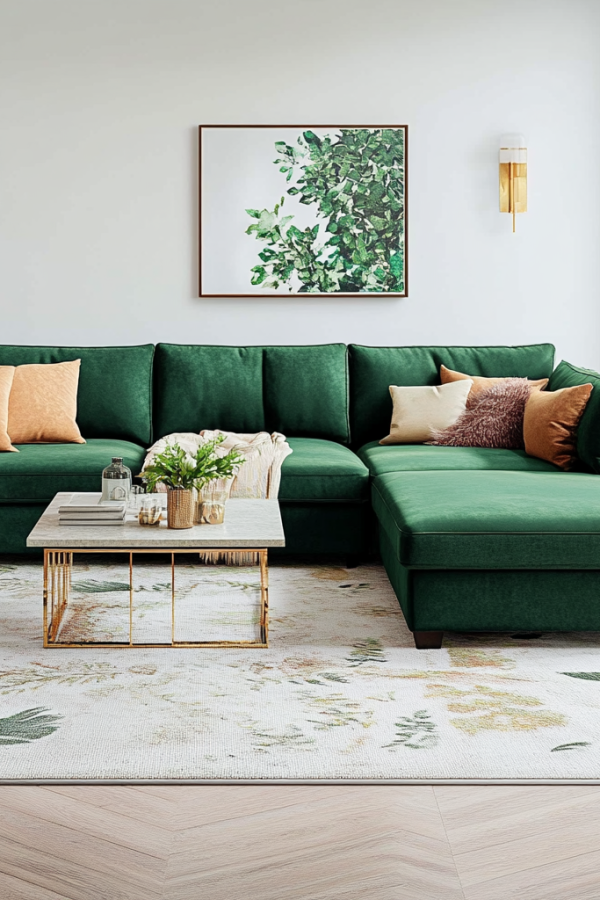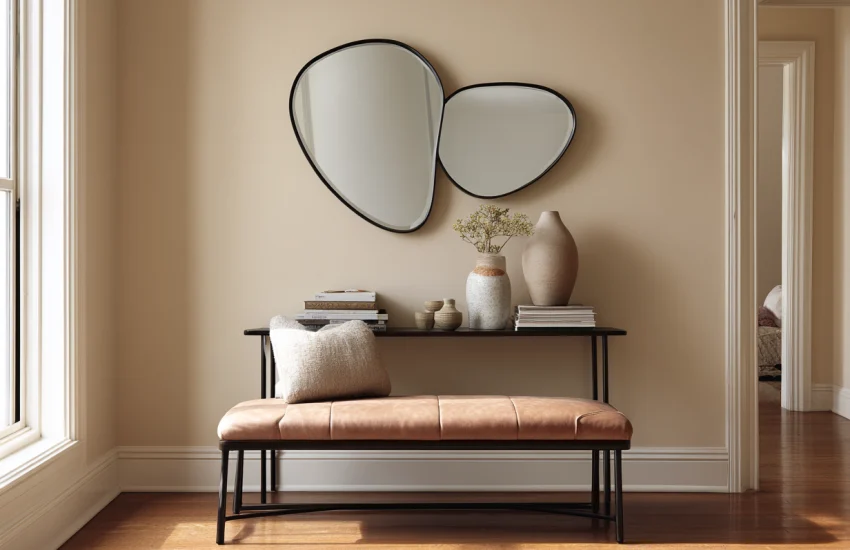Here’s How To Plan A Remodel That Adds Style And Value
Thinking about giving your home a makeover? Whether you’re dreaming of a sleek new kitchen, a more open layout, or a fresh update to tired finishes, the right remodel can do more than just refresh your space—it can boost your property’s value too. It’s not just about adding more, but making smarter use of what you already have. While kitchens often steal the spotlight, don’t overlook areas like basements, which can dramatically improve both comfort and resale appeal when thoughtfully designed. The key is to start with a solid plan, the right guidance, and a clear sense of what will matter most to you—and to future buyers.
Here’s how to plan a remodel that adds style and value to your property, so every step you take brings you closer to the home you’ve always wanted.
Evaluate Which Areas Truly Need an Upgrade

It’s easy to get carried away with design ideas, but the smartest plans begin with honest observation. Walk through your home and identify areas that don’t meet your current needs. Are there outdated fixtures, poor layouts, or rooms you never use? Do certain rooms feel cramped, dim, or closed off?
You don’t have to fix everything at once. Focus first on rooms that affect day-to-day comfort. A home office that feels cut off from natural light or a kitchen with barely any counter area may deserve attention before cosmetic updates elsewhere.
Set a Budget That Leaves Room for the Unexpected
No matter how small the project seems, having a clear plan for spending is key. Break your budget into categories: labor, materials, design services, and incidentals. Avoid using every penny upfront. Set aside at least 10–15% for surprises, like discovering water damage or needing to replace old wiring.
Keep in mind that changing one thing often affects something else. Swapping out flooring might reveal issues underneath. Adding recessed lighting could require extra rewiring. A realistic budget keeps your progress on track and helps you avoid delays from last-minute decisions. Use digital tools or even a simple spreadsheet to track costs and compare prices before buying.
Transform Your Basement into a Stylish, Functional Space
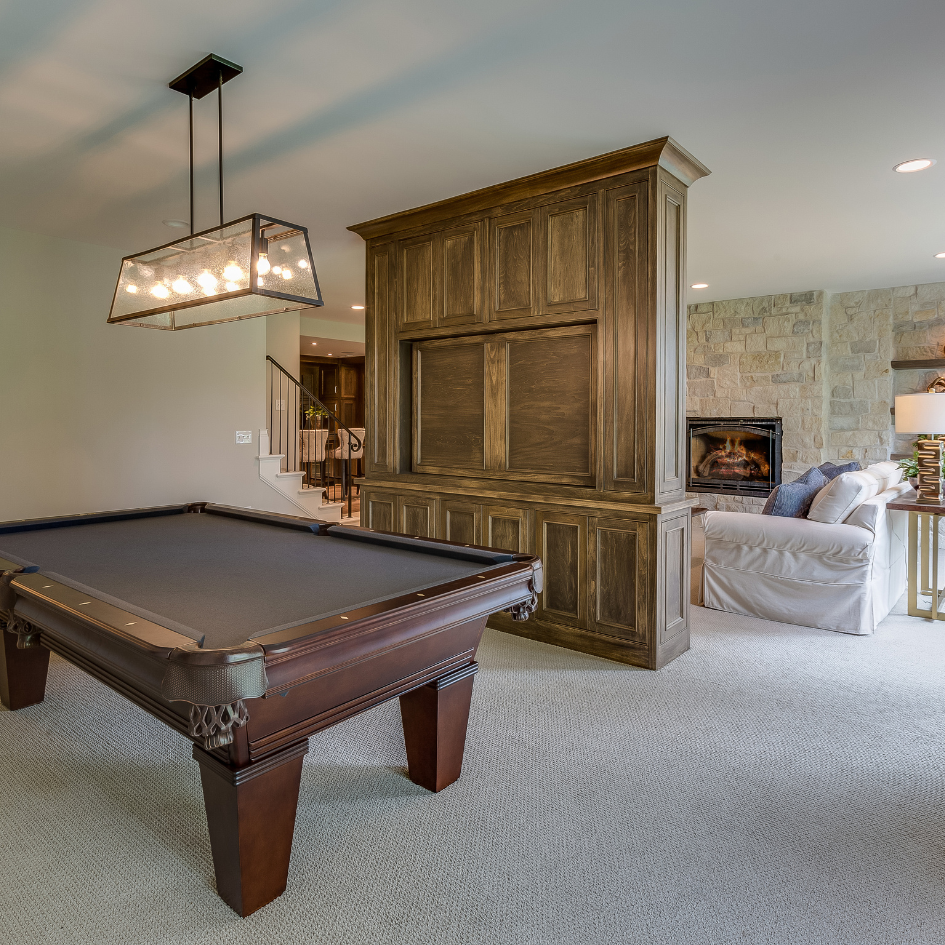
One of the most overlooked zones in a home is the basement. Finished correctly, it can serve as an extra bedroom, gym, media room, or private office. Many people leave this area empty or use it for storage, missing out on its potential. A well-thought-out basement can match the quality of the rest of the home.
Local contractors specializing in this kind of work can offer support from design to build. Their teams can help tackle moisture issues, layout challenges, and suggest finishing materials that look great and last. You can bring in basement contractors to manage everything from framing and electrical work to flooring and drywall. It’s one of the smartest ways to get more from your square footage without building an addition.
Align Design Choices with Long-Term Goals
It’s tempting to follow the latest trends, especially when planning your layout or choosing materials. Bright cabinets, bold wallpaper, or colorful tiles might catch your eye now, but they can fall out of favor quickly. If you plan to sell within the next five to seven years, stick with design features that appeal to a broad group of buyers.
That doesn’t mean your home has to feel bland. Add your personality through accents like rugs, artwork, and lighting. For surfaces and finishes, such as floors, counters, and fixtures, opt for classic tones and clean lines. Think about how your choices will hold up over time, both in terms of appearance and durability.
Focus on Lighting and Layout Improvements
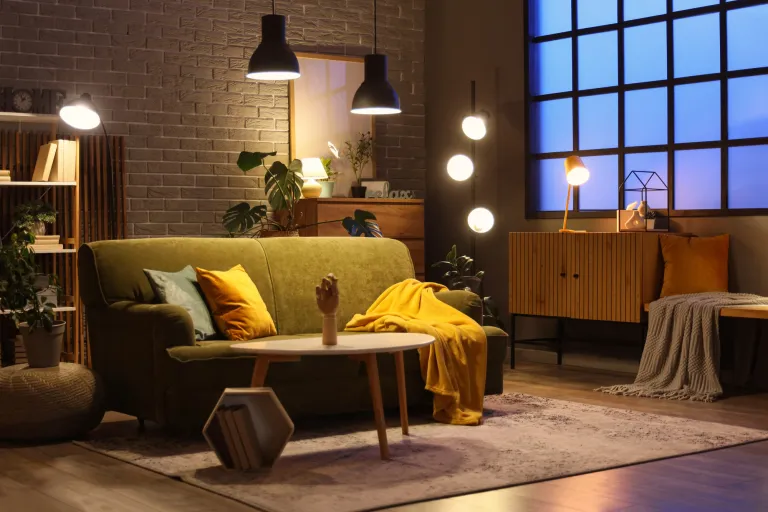
Good lighting makes a noticeable difference in how a room looks and feels. Natural light, in particular, has a strong impact. If you have areas that feel dim or closed in, think about adding windows, changing window treatments, or using mirrors to reflect more light. For rooms where windows aren’t an option, like basements, consider daylight-mimicking LEDs and layered lighting.
Aside from brightness, layout matters. Removing a wall or reconfiguring furniture can open up flow and create a more welcoming atmosphere. Before taking down any structure, consult a professional to make sure it’s not load-bearing. Even small adjustments can improve how you move through your home every day.
Upgrade Materials in Key Living Areas
When making product decisions, durability and appeal go hand-in-hand. Flooring, countertops, and built-ins are high-contact surfaces, so it’s worth investing in options that look good and hold up. Hardwood, quartz, and solid cabinetry remain popular for a reason. They perform well and fit a wide range of design preferences.
Try to match your materials with the rest of your home for a seamless look. If you’re not ready to replace everything, targeted replacements still make an impact. Replacing worn flooring in one room or switching to modern cabinet hardware can update the entire look of a space without a full overhaul.
Don’t Overlook Storage Potential
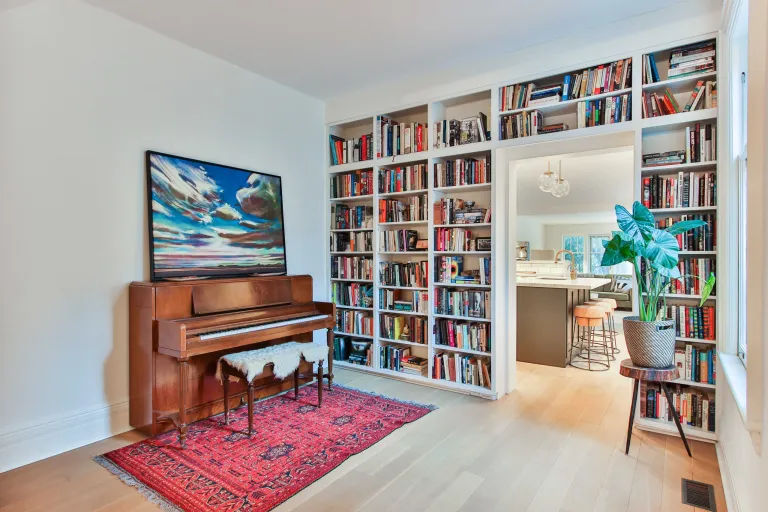
Adding storage isn’t just about buying more shelves. It’s about finding better ways to use your current setup. Built-ins, multi-use furniture, or converting wall niches into cabinets can increase organization and reduce clutter.
In bedrooms, closets can be restructured with double rods, pull-out bins, or drawer inserts. In living rooms or dens, consider storage benches or wall-mounted units. You don’t need a huge footprint to add better organization. Look for small areas where built-in solutions can save time and make daily routines easier. Buyers often take note of smart storage, so it’s worth adding thoughtful features here too.
Permits and Code Compliance Matter More Than You Think
Skipping permits may seem like a shortcut, but it can create problems down the line. Many areas require approval for electrical, plumbing, or structural changes. Without it, you might face delays, fines, or issues when trying to sell your home.
Contact your local building office to find out what’s required. Rules vary depending on the type and size of the project. If you hire a contractor, make sure they’re licensed and understand the local regulations. The goal isn’t just a new look. It’s work that’s done right and built to last.
The most effective home projects are the ones that feel right for how you live and make sense if you ever choose to sell. Whether you’re finishing a lower level, opening up a kitchen, or upgrading materials in shared rooms, the best results come from smart planning. You don’t have to follow every trend or go over budget to make meaningful changes.
Focus on what improves comfort, adds flexibility, and looks good for years to come. With a clear plan, the right people on your side, and a thoughtful approach, your next project can be something you’re proud of and future buyers will notice.

